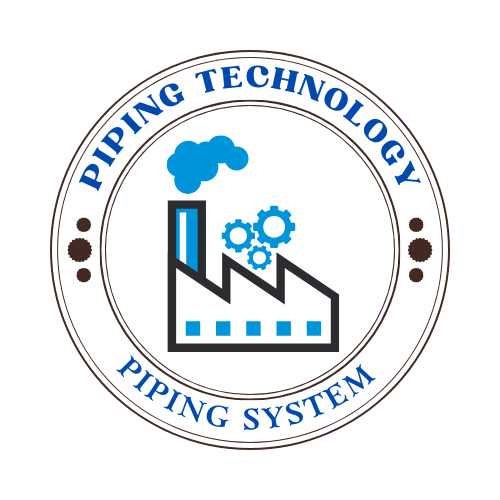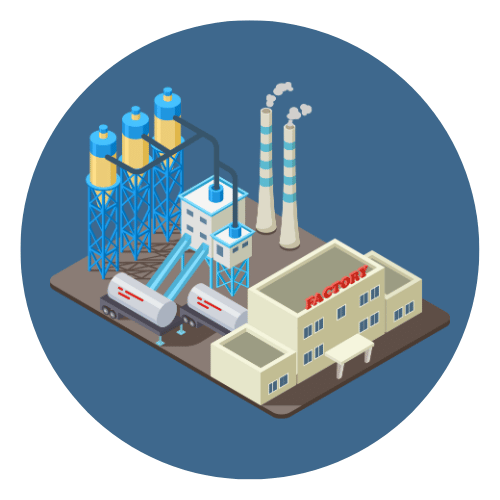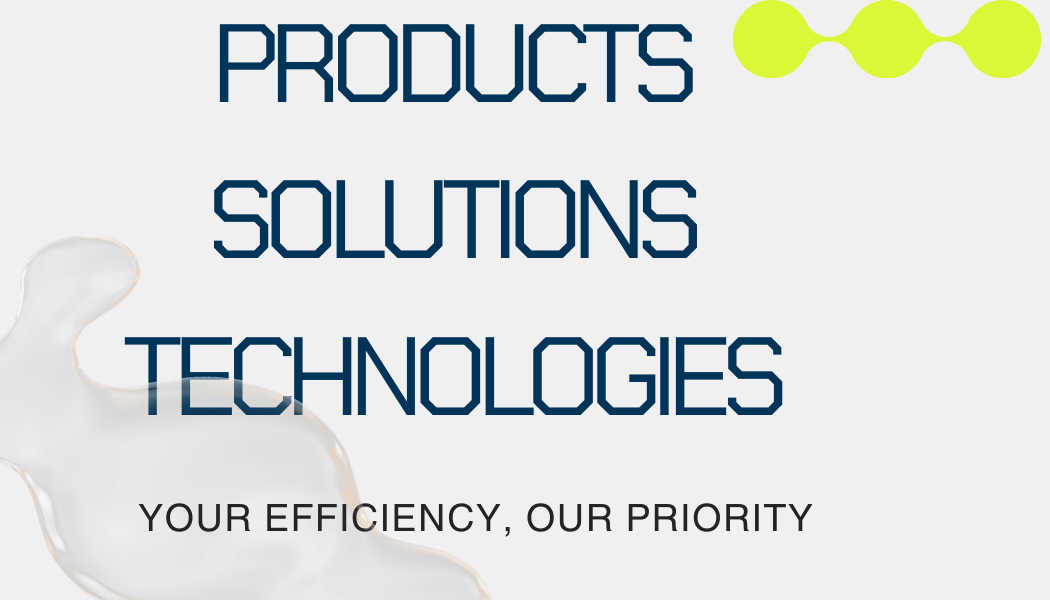A rupture disc, also known as a burst disc or pressure safety disc, is a non-reclosing pressure relief device that protects equipment and systems from overpressure conditions. It is designed to burst at a predetermined pressure, allowing the controlled release of excess pressure to prevent catastrophic failure of the system. Rupture discs are critical components in maintaining the safety and integrity of various industrial processes.
What is a Rupture Disc? How Rupture Discs Work?
Contents
- 1 What is a Rupture Disc?
- 2 II. Key Components and Materials Used in Rupture Discs
- 3 III. How Rupture Discs Work
- 4 IV. Types of Rupture Discs
- 5 V.Applications of Rupture Discs
- 5.0.1 1. Chemical Processing
- 5.0.2 2. Oil and Gas Industry
- 5.0.3 3. Pharmaceutical and Biotechnology
- 5.0.4 4. Food and Beverage Industry
- 5.0.5 5. Aerospace and Defense
- 5.0.6 6. Power Generation
- 5.0.7 7. Pulp and Paper Industry
- 5.0.8 8. Automotive and Transportation
- 5.0.9 9. Cryogenic Systems
- 5.0.10 10. Water and Wastewater Treatment
- 6 VI. Installation and Maintenance of Rupture Discs
- 7 VII. Advantages and Disadvantages of Rupture Discs
- 8 VIII. Regulations and Standards for Rupture Discs
- 8.0.1 1. American Society of Mechanical Engineers (ASME) Standards
- 8.0.2 2. International Organization for Standardization (ISO) Standards
- 8.0.3 3. European Pressure Equipment Directive (PED) 2014/68/EU
- 8.0.4 4. National Board Inspection Code (NBIC)
- 8.0.5 5. American Petroleum Institute (API) Standards
- 8.0.6 6. Other Relevant Standards and Guidelines
- 9 IX. Conclusion
Related posts

What Is a Gas Absorption Heat Pump?
Read more
Contents1 What Is a Gas Absorption Heat Pump?1.1 Key Features of Gas Absorption Heat Pumps:2 Working Principle of a Gas Absorption Heat Pump2.1 1. The Absorption Cycle Explained2.2 2. Cycle Operation Steps2.3 3. Heat Source Integration2.4 4. Heating and Cooling Capabilities2.5 5. Coefficient of Performance (COP)3 Types of Gas Absorption Heat Pumps3.1 1. Single-Effect Gas […]

What is Galvanized Piping ?
Read more
Contents1 I. What is Galvanized Piping?1.0.1 Materials Used in Galvanized Piping1.0.2 The Galvanization Process2 II. Galvanized Piping Specifications2.0.1 1. Material Specifications2.0.2 2. Zinc Coating Requirements2.0.3 3. Dimensions and Tolerances2.0.4 4. Physical and Mechanical Properties2.0.5 5. Testing and Quality Assurance2.0.6 6. Compliance and Certifications2.0.7 7. End Finishes and Thread Specifications3 III. Galvanized Piping Dimension Size Chart3.1 […]

Hydraulic Hoses Explained: How They Work, Common Issues, and Best Practices
Read more
Contents1 I. How Hydraulic Hoses Work2 II. Types of Hydraulic Hoses3 III. Key Components of Hydraulic Hoses3.1 1. Inner Tube3.2 2. Reinforcement Layer3.3 3. Outer Cover3.4 4. End Fittings3.5 5. Protective Layers (Optional)4 IV. Selection Criteria for Hydraulic Hoses4.1 1. Pressure Rating4.2 2. Temperature Tolerance4.3 3. Fluid Compatibility4.4 4. Size and Length4.5 5. Flexibility and […]

What is a Flaring Tool?
Read more
Contents1 I. What is a Flaring Tool?2 II. Types of Flares and Applications2.0.1 1. Single Flare2.0.2 2. Double Flare (Inverted Flare)2.0.3 3. Bubble Flare (ISO Flare)2.1 Choosing the Right Flare for Your Application3 III. Types of Flaring Tools3.0.1 1. Manual Flaring Tools3.0.2 2. Ratchet Flaring Tools3.0.3 3. Hydraulic Flaring Tools3.0.4 4. Electric or Power-Assisted Flaring […]

What are gas tanks ? Gas Tank Size Chart
Read more
Contents1 I. What are gas tanks ?1.1 Key Features of Gas Tanks:1.2 How Gas Tanks Work:2 II. Types of gas tanks2.1 1. Automotive Fuel Tanks2.2 2. Compressed Gas Cylinders2.3 3. Propane and Liquefied Petroleum Gas (LPG) Tanks2.4 4. Cryogenic Gas Tanks2.5 5. Natural Gas Vehicle (NGV) Tanks2.6 6. Industrial Bulk Storage Tanks2.7 7. Portable Camping […]

What is a Submersible Water Pump ? How Submersible Water Pumps Work ?
Read more
Contents1 I. What is a Submersible Water Pump ?1.1 Key Characteristics1.2 Advantages2 II. How Submersible Water Pumps Work ?2.1 1. Basic Working Principle2.2 2. The Role of the Motor and Impeller2.3 3. Waterproof Casing and Sealing2.4 4. Pushing vs. Pulling Mechanism2.5 5. Integrated Check Valve (Optional)2.6 6. Power Source and Control Mechanisms3 III. Types of […]

What Are Pipe Connector Fittings?
Read more
Contents1 I. What Are Pipe Connector Fittings?2 II. Types of Pipe Connector Fittings2.0.1 1. Coupling2.0.2 2. Elbow2.0.3 3. Tee2.0.4 4. Cross2.0.5 5. Reducer2.0.6 6. Adapter2.0.7 7. Union2.0.8 8. Caps and Plugs2.0.9 9. Flange2.0.10 10. Nipples2.1 Other Types of Pipe Connector Fittings3 III. Materials Used in Pipe Connector Fittings3.0.1 1. Stainless Steel3.0.2 2. Brass3.0.3 3. PVC […]

What Are Polyurethane Pipes? What is polyurethane pipe used for?
Read more
Contents1 I. What Are Polyurethane Pipes?2 II. Types of Polyurethane Pipes2.1 1. Standard Polyurethane Pipes2.2 2. Reinforced Polyurethane Pipes2.3 3. Abrasion-Resistant Polyurethane Pipes2.4 4. Anti-Static Polyurethane Pipes2.5 5. FDA-Approved Polyurethane Pipes2.6 6. High-Temperature Polyurethane Pipes2.7 7. UV-Resistant Polyurethane Pipes3 III. What is polyurethane pipe used for?3.1 1. Industrial Applications3.2 2. Agricultural and Irrigation Systems3.3 3. […]

What is a Hydraulic Pipe Bender?
Read more
Contents1 I. What is a Hydraulic Pipe Bender?2 II. Types of Hydraulic Pipe Benders2.0.1 1. Portable Hydraulic Pipe Benders2.0.2 2.0.3 2. Stationary Hydraulic Pipe Benders2.0.4 3. Hydraulic CNC Pipe Benders2.0.5 4. Roller Hydraulic Pipe Benders2.0.6 5. Mandrel Hydraulic Pipe Benders3 III. Key Features of Hydraulic Pipe Benders3.0.1 1. Bending Capacity3.0.2 2. Bending Angle Range3.0.3 3. […]

What is an Air Compressor Water Separator? How Do Air Compressor Water Separators Work?
Read more
Contents1 I. What is an Air Compressor Water Separator?2 II. Types of Air Compressor Water Separators2.0.1 1. Centrifugal Water Separators2.0.2 2. Coalescing Filters2.0.3 3. Desiccant Dryers2.0.4 4. Refrigerated Dryers2.0.5 5. Membrane Air Dryers2.0.6 6. Inline Water Separators3 III. Components of an Air Compressor Water Separator3.0.1 1. Inlet Port3.0.2 2. Centrifugal or Cyclonic Chamber3.0.3 3. Filter […]


 Automation System
Automation System  Energy Engineeing
Energy Engineeing  Instrumentation System
Instrumentation System  Mechanical Engineeing
Mechanical Engineeing  Piping Technologies
Piping Technologies  Transportations
Transportations  Manufacturing
Manufacturing  Training Material
Training Material 



